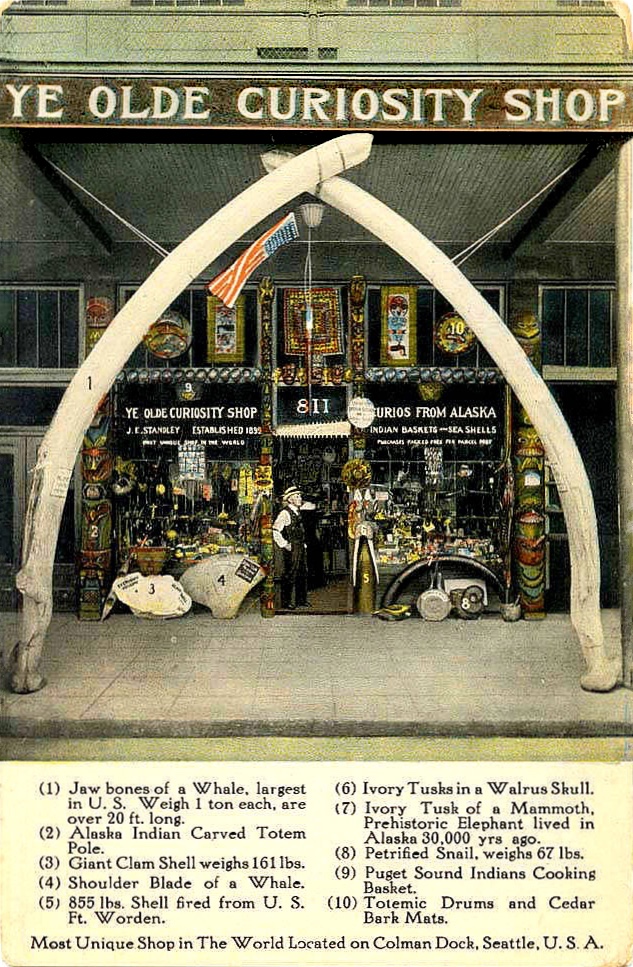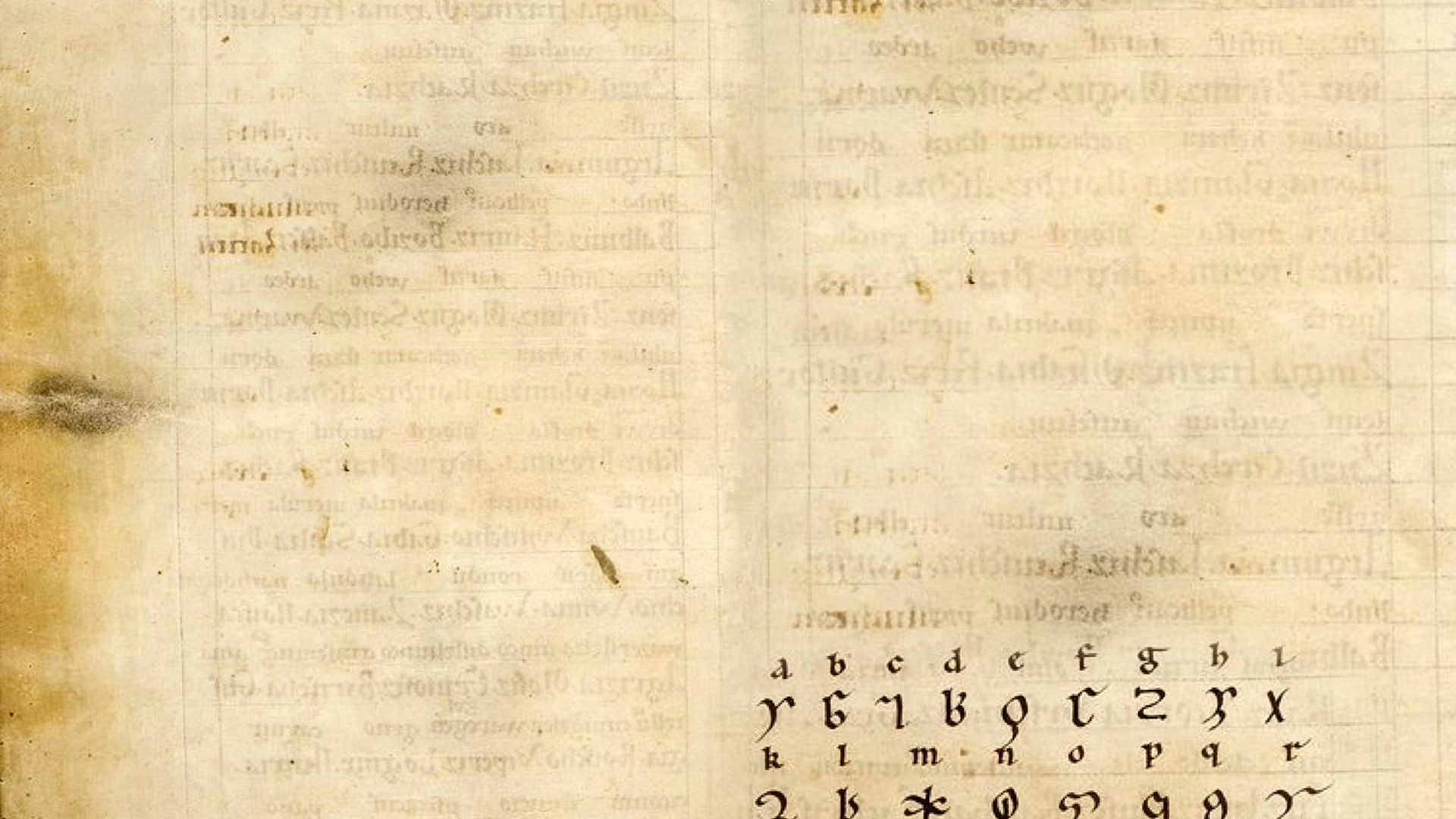
Ye old. Ye olde. Ye Olde Curiosity Shop. Olde is an affected way to make the word old look old. Olde looks old but it’s really not.
Why add the E to the end of old? An E on the end of an Old English word makes it subjunctive: it might be old, maybe it’s old. Or it makes the word a plural adjective. Multiples of old. Olds. Old squared.
Ye Olds Curiosity Shop. In Old English “ye” which looked like “ðe” (there was no Y in Old English) used to be strictly nominative plural. Y’all with me? Then it morphed to personal pronoun: second person dative singular. To you. I say this to you, Olds Curiosity shop. Old2 Curiosity Shop, this is for you.
And. Also. Sometimes “ye” is a conjunction. You’d find it in pairs spelled with one of the letters that became g: Ȝ ȝ or Ᵹ ᵹ. Thats an upper … More


